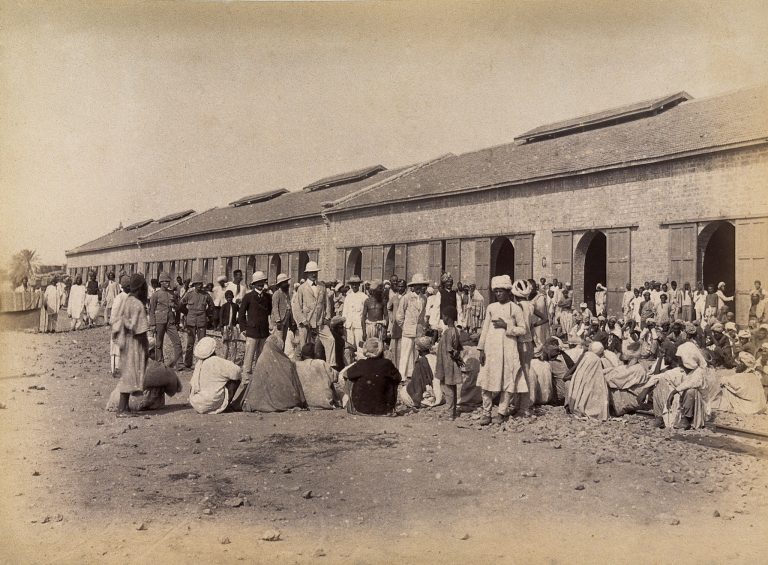
Carolina Watts
A recent outbreak of bubonic plague on the island of Madagascar’s most densely populated cities has left 67 people dead as of Oct. 13, according to the LA Times. According to the World Heath Organization, 849 cases in total have been reported so far; of those, 167 are in the capital city, Antananarivo.
The U.S., Peru, Bolivia, China, Russia, and multiple African countries have also had bubonic scares, but most are usually isolated and do not spread. Madagascar regularly experiences outbreaks of the plague during the annual rainy season, as fleas carrying the bacteria Yersinia jump from rats to humans. But the outbreak this year is more threatening than most.
According to the WHO, the plague season started earlier this year and the disease is found in areas that are normally unaffected.
Thanks to advancements in modern medicine, the bubonic plague can be easily treated by antibiotics. The hardest part, though, is identifying the symptoms and seeking treatment before the plague travels into the infected person’s lungs. This can progress into the pneumonic plague, which can result in death in as little as 24 hours.
Difficulty in identifying symptoms seems to be the root of the plague running rampant in Madagascar. A man who assumed he had malaria died four days after noticing his first symptoms of illness and was diagnosed post-mortem with bubonic plague.
Between the time that the infected man left his home and traveled through the crowded capital, his condition developed into pneumonic plague, and he had unknowingly infected others.
Also commonly referred to as the Black Death, reported cases of the bubonic plague date back to 1347. The name Black Death comes from the black, blood-filled boils that cover the bodies of those infected. The first recorded case came from sailors who had just finished journeying across the Black Sea to arrive in the port of Messine, Italy.
The plague originated from fleas living on rats stowed away as passengers on the ships and plague distributors to humans. After the 12 ships of infected sailors arrived in the port, the violent outbreak proceeded through Europe, killing over 20 million people — nearly one third of Europe’s population at the time.
As of Oct. 17, the Madagascar outbreak is primarily of pneumonic plague, which is more deadly and spreads more easily, according to a recently published progress report by the World Health Organization. The LA Times reported that the number of cases nearly doubled in five days, and that 1,000 new cases are expected each month until more funds are provided.
Despite a rise in recorded cases and the projected spread of the plague within the island, the WHO has stated that the risk of regional and global spread is low. “This risk is mitigated by the short incubation period of pneumonic plague, implementation of exit screening measures and scaling up of preparedness and operational readiness activities in neighboring Indian Ocean islands and other southern and eastern African countries,” according to the WHO.
Public gatherings have been discouraged and many schools and universities in the capital city with the most reported cases have been shut down for disinfection efforts, according to the LA Times article. Madagascar’s poor health system has been a challenge in fighting the disease’s progression. However, inhabitants of Madagascar understand the severity of the situation and are using protective masks as well as remaining watchful of their personal health and the health of those around them.
















